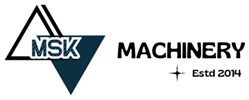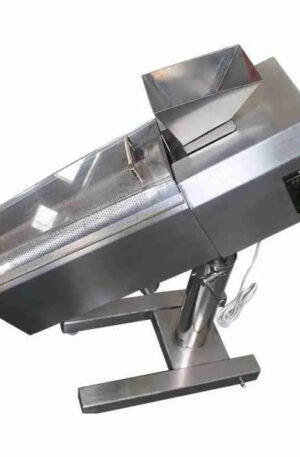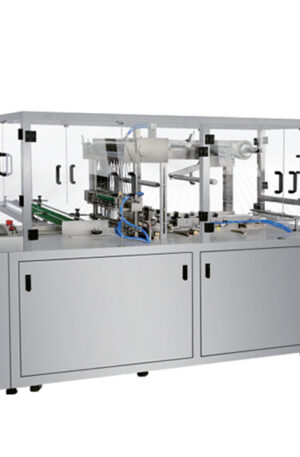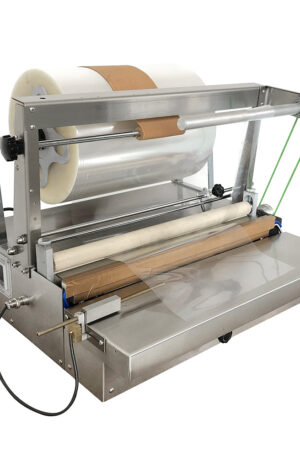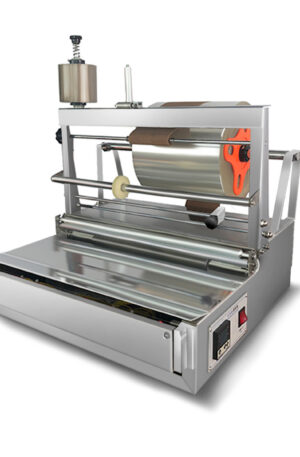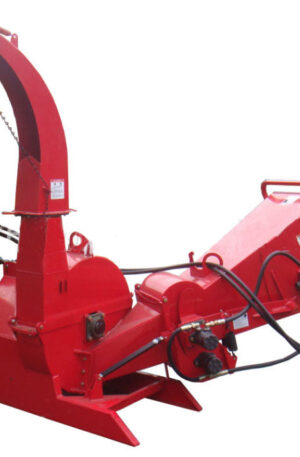Title: The Evolution of Pharmaceutical Manufacturing Machinery: Enhancing Efficiency and Safety
Pharmaceutical manufacturing machinery has undergone significant evolution over the years, with advancements aimed at improving efficiency and safety in the production process. Two key machines that play a crucial role in pharmaceutical manufacturing are the table press machine and the capsule filling machine.
The table press machine, also known as a tablet press, is a device used to compress powder into tablets of uniform size and shape. This machine has evolved from manual to semi-automatic and fully automatic models, allowing for higher production rates and greater precision in tablet pressing. The introduction of technologies such as single-punch and rotary tablet presses has revolutionized the manufacturing process, enabling pharmaceutical companies to produce large quantities of tablets in a shorter amount of time.
On the other hand, the capsule filling machine is essential for encapsulating pharmaceutical powders and granules. The evolution of capsule filling machines has led to the development of high-speed, fully automatic machines that can fill hundreds of capsules per minute. Innovations such as the introduction of tamping pin and dosator systems have improved accuracy and efficiency in the capsule filling process.
One of the notable advancements in tablet compression technology is the introduction of TDP (Tablet Press Machine) and THDP (Tablet Hardness Testing Machine). TDP machines are known for their high efficiency and ease of operation, making them popular choices for small to medium-sized pharmaceutical businesses. THDP machines, on the other hand, are crucial for ensuring the quality and consistency of tablets by measuring their hardness and breaking point.
Overall, the evolution of pharmaceutical manufacturing machinery, including table press machines and capsule filling machines, has greatly enhanced the efficiency and safety of the production process. These advancements have not only increased production rates but also improved the quality and consistency of pharmaceutical products, ensuring the well-being of consumers worldwide. The continuous innovation in pharmaceutical manufacturing machinery is crucial for meeting the growing demands of the healthcare industry and maintaining high standards of pharmaceutical production.
